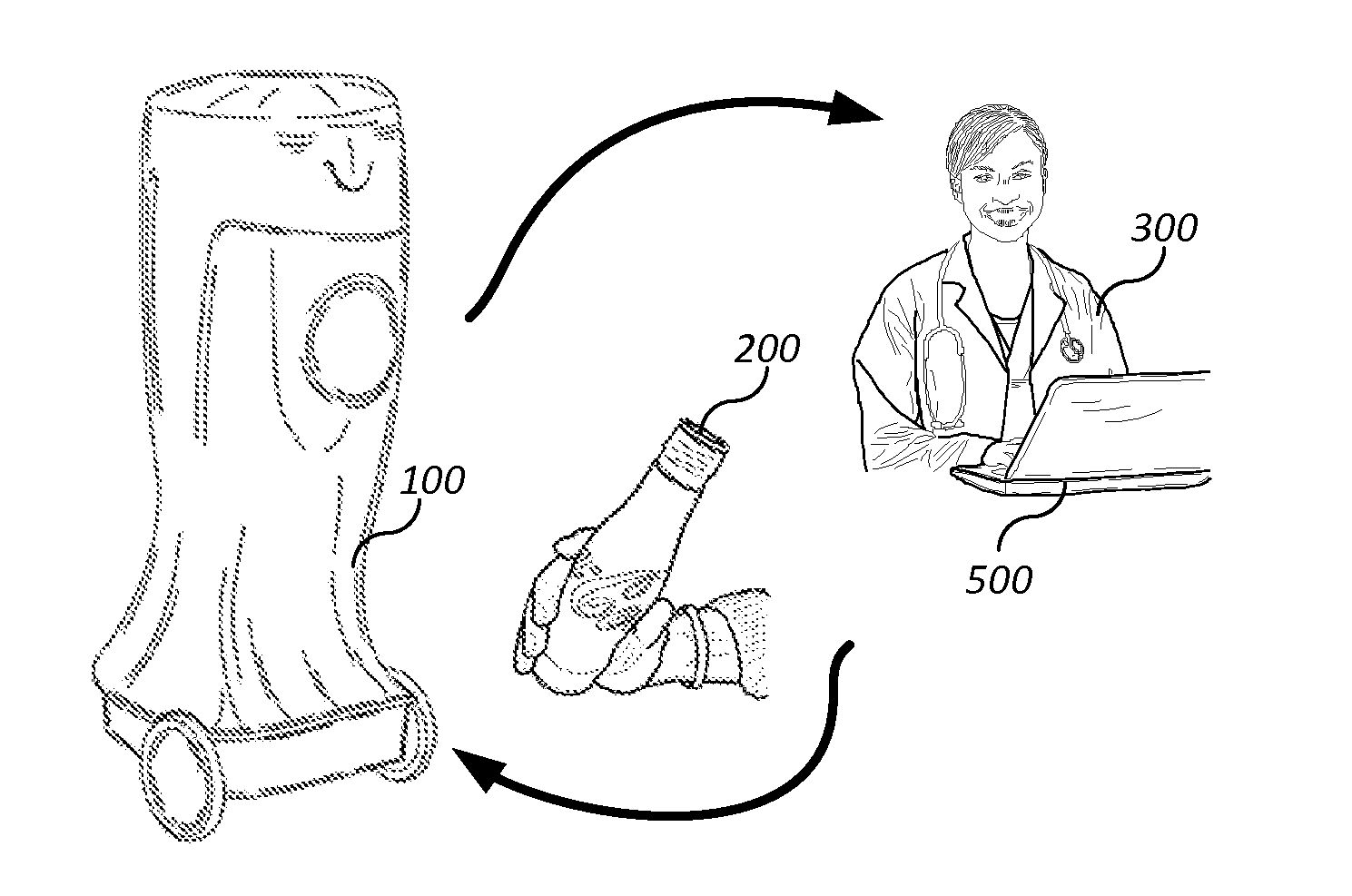System and method of selling goods or services, or collecting recycle refuse using mechanized mobile merchantry
a technology of mobile merchantry and recycling refuse, which is applied in the direction of manufacturing tools, process and machine control, instruments, etc., can solve the problems of dangerous movement of products, heavy weight of products, and inability to move easily between vending machines and consumers
- Summary
- Abstract
- Description
- Claims
- Application Information
AI Technical Summary
Benefits of technology
Problems solved by technology
Method used
Image
Examples
example 1
Restaurant Application
[0164]Robot(s) 100 are configured to provide waste article 23 services in a restaurant. Restaurant environments impose significant challenges due to close proximity of dining tables, chairs, and humans. Tables will be comprised of various shapes, sizes, and heights.
[0165]Communication from the master computer 42 to the slave computer 43 provides robot(s) 100 with instructions such as a map of the area of interest, and information related to the shape, weight, or optical qualities of waste articles 23 most likely to be recycled in the specific restaurant environment. There may be other articles that are to be saved and collected but not disposed of, such as washable dinnerware. These may be programmed to be assigned to a specific waste receptacle 21 for later delivery to a kitchen, for example, for washing.
[0166]Robot(s) 100 may be signaled to a table by a host, a waitress, a customer, or other person. Robots may also patrol a region and identify a table requiri...
example 2
City Park Application
[0168]Robot(s) 100 are configured to provide waste article 23 services in a city park having a surface acceptable to the drive system of the robot(s) 100. Maps of the area of interest are communicated from the master computer 42 to the slave computer 43. In this environment, there are likely to be primarily paper and styrofoam waste article(s) 23, but also recyclable beverage bottles. Thus, master computer 42 supplies data to slave computer 43 reflecting this unique environment, thereby improving the effectiveness of the robot.
[0169]Robot(s) 100 traverses the park environment, targeting areas provided in the map data, but also sensing other areas for waste which may be in unpredictable locations or surfaces. Waste article(s) 23 are collected and sorted at least according to recyclability. Depending on the desire for sorting recyclable waste additional waste receptacle(s) 21 may be used.
PUM
 Login to View More
Login to View More Abstract
Description
Claims
Application Information
 Login to View More
Login to View More - R&D
- Intellectual Property
- Life Sciences
- Materials
- Tech Scout
- Unparalleled Data Quality
- Higher Quality Content
- 60% Fewer Hallucinations
Browse by: Latest US Patents, China's latest patents, Technical Efficacy Thesaurus, Application Domain, Technology Topic, Popular Technical Reports.
© 2025 PatSnap. All rights reserved.Legal|Privacy policy|Modern Slavery Act Transparency Statement|Sitemap|About US| Contact US: help@patsnap.com



